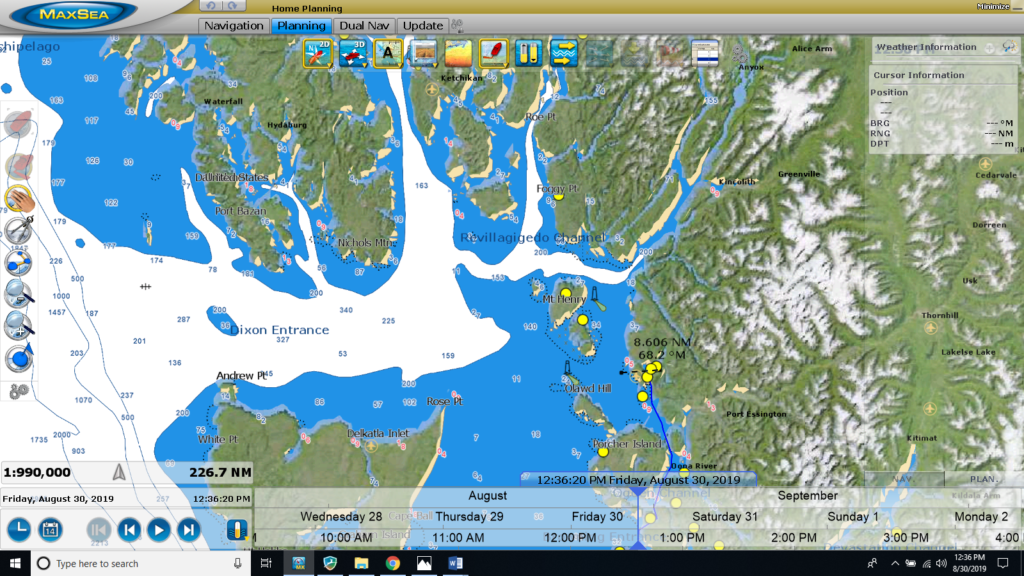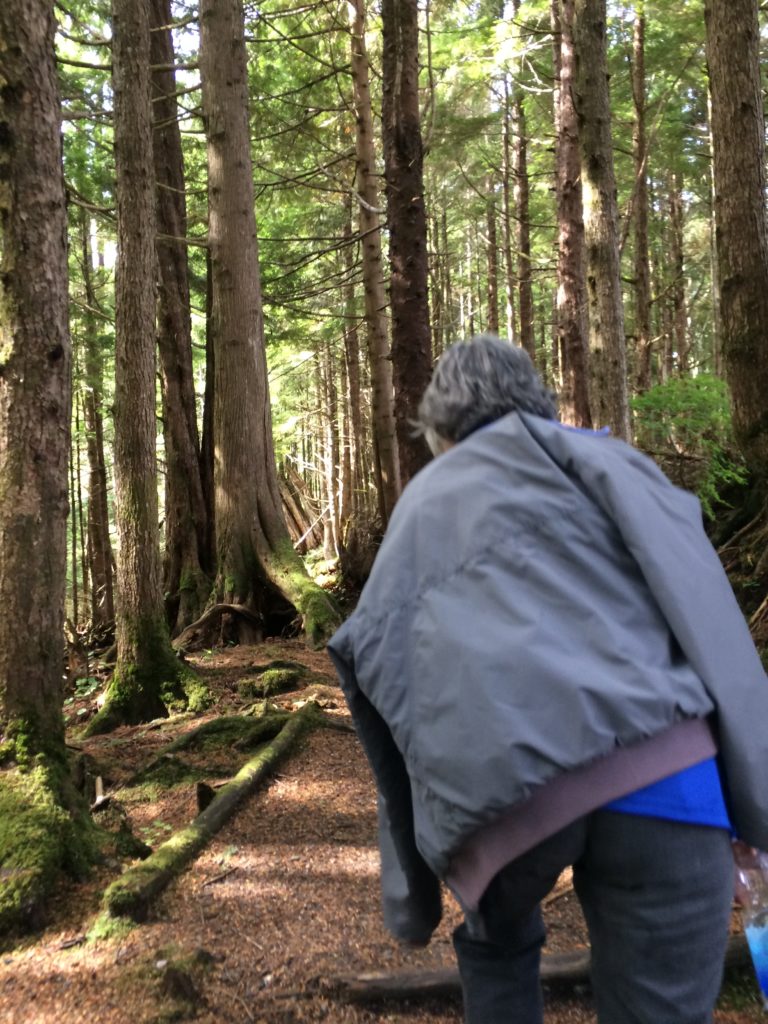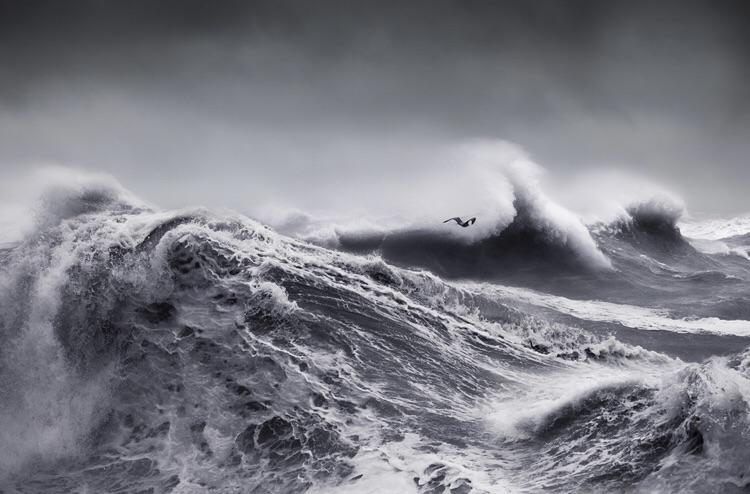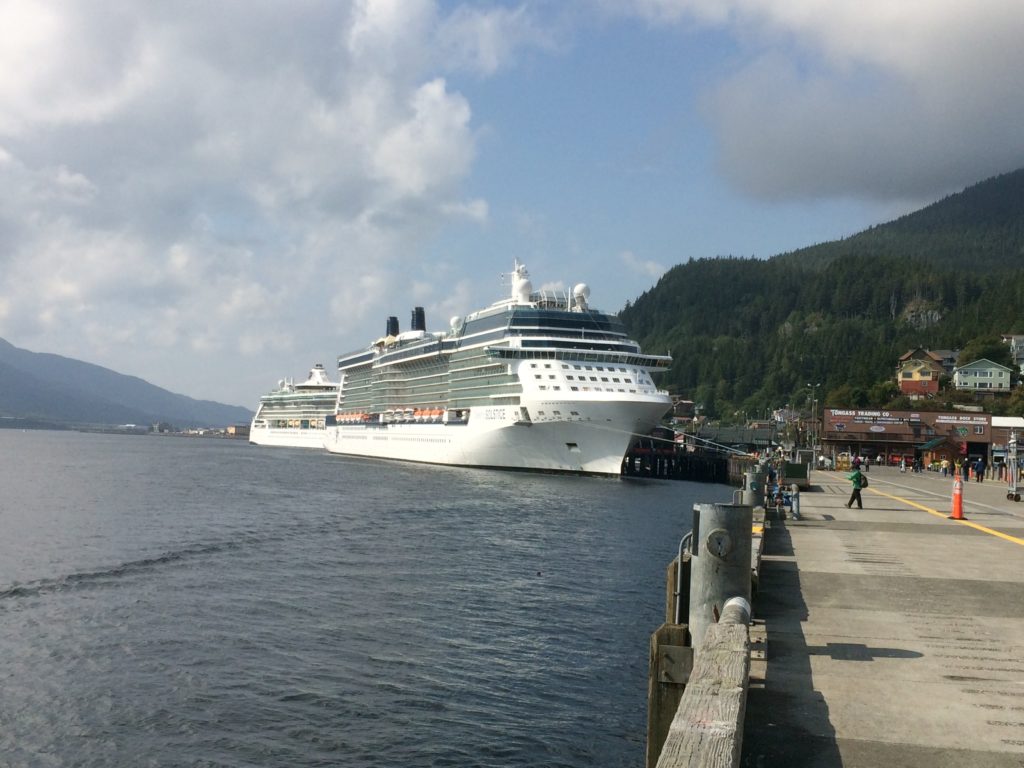Leg Four

Nothing you want comes easy. Crossing into Alaska was no different. Past gauntlets run come to mind.
Like the final two days of the Atlantic crossing when the swell rose to eight meters and the winds built to 40 knots.
Or waiting out gale after gale pinned to a dock on Bere Island near the Mizen Head at Ireland’s southwest tip.
Or crossing Biscay Bay between Ireland and Spain, relatively benign until the final 50 nautical miles when the wind roared and seas rose into mountains. When asked why, the Irish explained it was just Neptune reminding us who’s boss.
Now, it was the Dixon Entrance that stood between us and victory. The Dixon Entrance, the final stretch of water before crossing into Alaska and completing the ten-year mission. The Dixon Entrance, like Cape Caution open to the vast Pacific off the port rail. The Dixon Entrance, unlike Cape Caution now anything but benign.
Perhaps Neptune, perhaps Murphy, or perhaps some other opponent was controlling the weather what with the goal so close. Rain fell incessantly as Environment Canada posted gale warnings advising against leaving the dock.

My first and only mate rejoined me in Prince Rupert, our final British Columbia port of call. Jocelyn chose to return to the boat for Leg Four because she wanted to cross into Alaska with me so we could savor sweet victory together. Plus, we had each been to every state in the U.S. except Alaska, so by crossing the line we could also check that box in unison. I guess it was only fitting that we share a final trial on Dixon Entrance given all we had been through to get this far.

Waiting out the weather, we donned our rain gear and spent three days exploring the town. Quite a bit bigger and more urbane than expected, we browsed the cruise ship tchotchke shops, frequented a Vancouver-quality coffee shop and, when the rain let up a little, hiked a delightful trail along the water. Most satisfactory was the Prince Rupert Rowing and Yacht Club where we moored. Their brand new clubhouse had spanking clean lounge, showers, and laundry and was staffed by Briana, a very friendly 20-year-old from Terrace, the next town over (60 miles away).
Finally at mid-week, a break came. The gales were forecast to abate for 48 hours, just long enough for the 80 nautical mile voyage to Ketchikan. We resolved to go.
From the dock in Prince Rupert, I used the U.S. Customs and Border Protection ROAM app to file a trip request and was quickly approved. Now, we could enter the USA without further contact with officialdom. At 3 pm, Wednesday, August 21st, we disembarked.
By 7:30 pm, we were tucked in to a cozy anchorage called Clam Inlet at the north end of Baron Island. To get there, we beat 12 nautical miles northwest through slight seas into the lee of a set of islands west of Prince Rupert. The spot provided a perfect jumping off point for crossing Dixon Entrance the next day.
Gentle southeast breezes and smooth seas greeted us the following morning as we sailed past Dundas Island, the final protecting island in Canada before the crossing. As if to usher us along safely, a pod of humpback whales put on a brilliant display of bubble net fishing in the lee of the island’s north end. The pod worked together like synchronized swimmers, starting with an array of “Thar she blows” water spouts, then a set of tail flukes signaling deep dives, and then an unseen column of bubbles corralling the prey. Finally, several minutes later, the entire pod would surge halfway out of the water in unison, having risen through their meal on the way up the bubble column to the surface. Time after time they repeated the process, giving us quite an impressive show!
Soon after, we emerged from behind Dundas Island and the Dixon Entrance crossing began for real.
True to the forecast, gentle breezes continued off our port quarter pushing us along through slight seas on a north-northwesterly course. The promised break in the gales was holding steady! Seven hours later, we planted the anchor in good Alaskan mud in a bombproof anchorage called Foggy Bay at the northern end of the Dixon Entrance. We had done it! We were joined by three other boats in the secure anchorage as rain squalled and southeasterlies built overnight.
Next morning, none of the boats made a move. They must have all been heading south, something most boats were doing, or already had done, this late in the season. A return of the stormy seas was forecast as the day progressed with wind and waves coming up from the southeast. Not a day to head that way, but we were going with the wind and waves.
A couple from a neighboring boat was exploring the area in their dinghy. They seemed surprised a boat was moving and hailed us as we were motoring out.
“Which way are you headed?” they asked.
“North,” came the reply.
“Good, because it not pleasant out there!”
We waved thanks for their concern and continued on.
Indeed it wasn’t pleasant. Though technically beyond the Dixon Entrance, we were not out of harm’s way. The direction and velocity of the wind and waves extended the Entrance’s influence far into Revillagigedo Channel. Short, steep two meter seas with breaking waves and Beaufort Force Six winds with near gale gusts buffeted us as we turned downwind for a sleigh ride through off and on driving rain. Jocelyn headed below to ride it out while I reefed the sails, put my mind in full combat mode and soldiered on.

The next 20 nautical miles seemed like eternity, but we finally rounded a headland and entered more protected waters. Our stripes properly earned, we celebrated heartily once we passed the cruise ships moored in Ketchikan and took a slip in Bar Harbor North marina. Unfortunately, the rain seemed to stop only once Jocelyn was safely on the plane home two days later.
Leg Four was in the logbook.


Comments
Leg Four — No Comments
HTML tags allowed in your comment: <a href="" title=""> <abbr title=""> <acronym title=""> <b> <blockquote cite=""> <cite> <code> <del datetime=""> <em> <i> <q cite=""> <s> <strike> <strong>